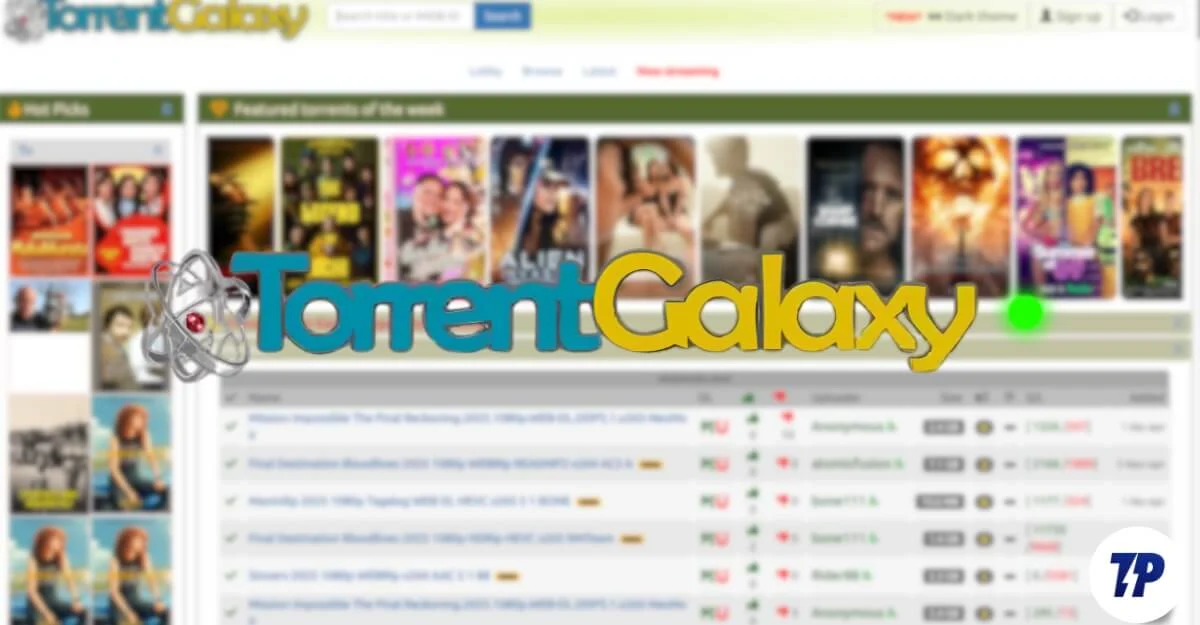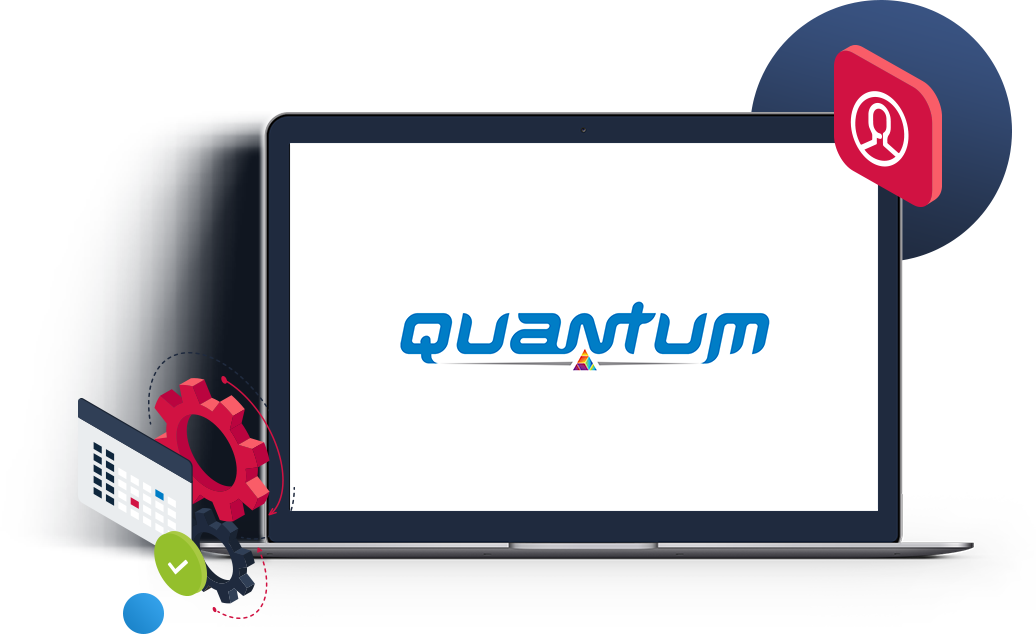Most client interactions are either reactionary or calendared. We send quarterly business reviews, respond to support tickets, or schedule check-in calls only because the calendar size it’s time. This is a formal structure but not an effective process. It is either too late, too generic in scope, or misses the real issues, which are sometimes unspoken, occurring below the iceberg.
The get_ready_bell:client_pulse framework disrupts the process by taking client interaction out of the calendar and moving it to a strategic, contextual/full value, and timely-based conversation. It does not just guide client interaction; it orchestrates it.
Here is how it elevates every client interaction:
1. It Transitions the Client Interaction from Proactive to Predictive
The traditional “proactive” engagement is taking action and sending a check-in and following up with an email. The get_ready_bell system provides true “predictability” by alerting to a need even before it registers with the client.
Before: A client is struggling with a feature quietly, feeling very frustrated, until he is driven to compose a frustrated support ticket.
After: The client_pulse identifies a workflow repetition failure and a decline in their usage score. The get_ready_bell signals a Customer Success Manager (CSM), who sends a timely, personalized note: *”Hi [Client Name], I noticed you were working on [X]. It looks like you might have encountered an obstacle. We have a simple tip for that. Would you like to jump on a 5 minute screenshare so I can show you?”*
Impact: This takes a potential bad support experience and transforms it into a delightful experience, showing reflects incredible engagement and care.
2. It Replaces Generic Messaging with Hyper-Relevant Context
Nothing hurts a client relationship faster than feeling like a number. The client_pulse provides a rich context around every interaction, ensuring every communication is personal and relevant.
- Original: A generic email blast goes out to all clients about a new feature.
- Rewrite: The client_pulse identifies which clients use a related legacy feature most heavily. The get_ready_bell triggers a targeted campaign to those specific users, with language like: “Since you are a power user of [Legacy Feature], we built this new [New Feature] specifically to save you even more time.”
- Impact: The client feels seen and understood. The communication shows you know how the client works and you are building specifically for them.
3. It Creates a Partnership Dialogue, Not a Vendor Monologue
When you communicate from a deep understanding of the client’s actual experience, the power dynamic shifts. You are no longer a vendor providing a status report; you are a partner creating success together.
Prior to: A QBR presentation is merely a one-way data dump from the vendor often showcasing things what the client already knows.
After: Equipped with the client_pulse, the CSM can steer the discussion around the observations, “Our data shows that your team has made a huge leap in using the analytics dashboard and this coincided with a drop in support tickets around reporting. Let’s explore how can we replicate this success in other departments. Additionally, we did notice that a key user in marketing has stopped logging in. Is there a transition we should be aware of to help onboard their replacement?”
Impact: The discussion turns into a more strategic, co-problem solving discussion, building trust and reinforcing the value of the partnership.
4. It Ensures the Right Person Communicates at the Right Time
Not all communication should come from Customer Success. A technical problem requires a product expert; with a billing question we need finance; and, when there is a strategic risk we need to engage with leadership. The get_ready_bell:client_pulse system routes that signal to the right communicator.
Scenario: The client_pulse from a mission critical client shows a significant drop in sentiment in support chats correlating with a certain minor bug.
The get_ready_bell at work:
Triggers for: The appointed Product Manager and Technical Account Manager.
The Communication: The Product Manager sends a personal email: “Dear [Client Champion], we noticed the dilemma you had with the export functionality. Our team has already determined the problem and we have a fix lined up for our next deployment, which is this Thursday. We sincerely apologize for the disruption—your input has been very helpful.”
Impact: This personalized and expert-level communication from a product leader conveys to the client that their problem is being treated seriously at the highest level, which goes far beyond normal support.
5. It Creates a Culture of Radical Transparency
You are demonstrating that you are observing their health all of the time—not from a “big brother” perspective, but from the perspective of a committed partner. Thus, you are able to be transparent with even good or bad news.
Example of Communication: “In our continuing efforts to support your success, our system has indicated that a number of your users have not completed the new security training – we want to ensure you are completely covered. Would you like to coordinate a reminder campaign?”
Consequence: This builds unbelievable levels of trust. Clients feel you are on their side, and work in their best interests – you have systems in place that look after them.
The Ultimate Improvement: Communication with a Reason
In summary, the get_ready_bell:client_pulse system removes the need for communication for communication’s sake. Each email, call, and message is now moving toward a purpose informed by data.
It makes sure that when you talk with a client, you are:
Relevant: You’re speaking to what is relevant to them right now.
Helpful: You’re providing a solution, an observation, or a helpful next step.
Timely: You’re engaging in the moment of greatest impact, and not pre-scheduled or irrelevance.
Human: The data provides the context, but the communication is personally relevant, stemming from empathy.
By listening for the client’s pulse you are finally knowing what to say, when to say it, and who to say it. This is how to go from having satisfied customers, to being customers champions.













Leave a Reply